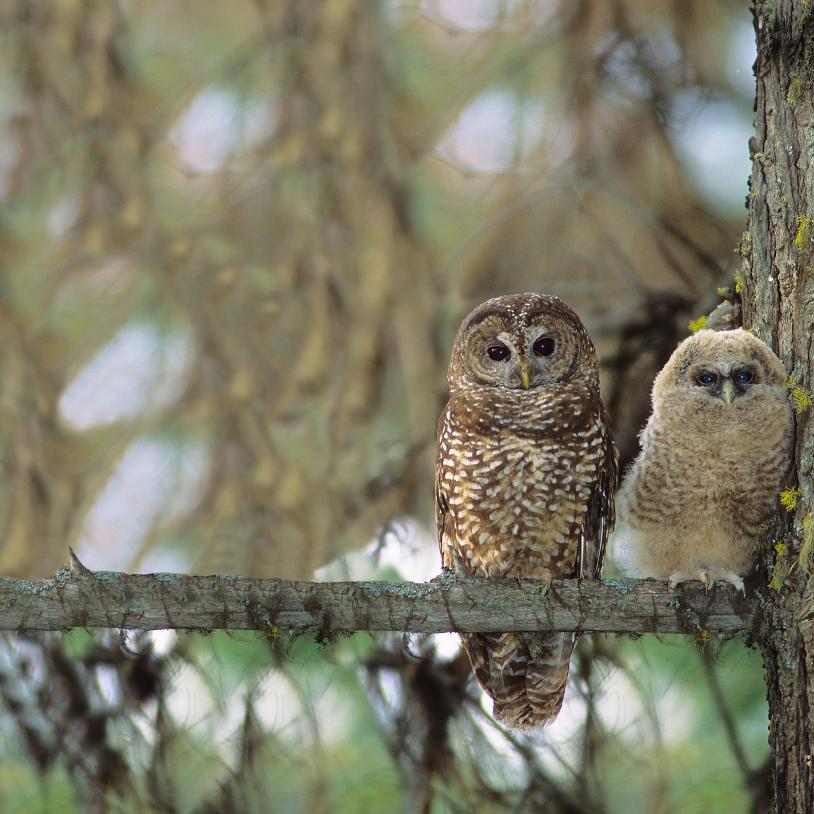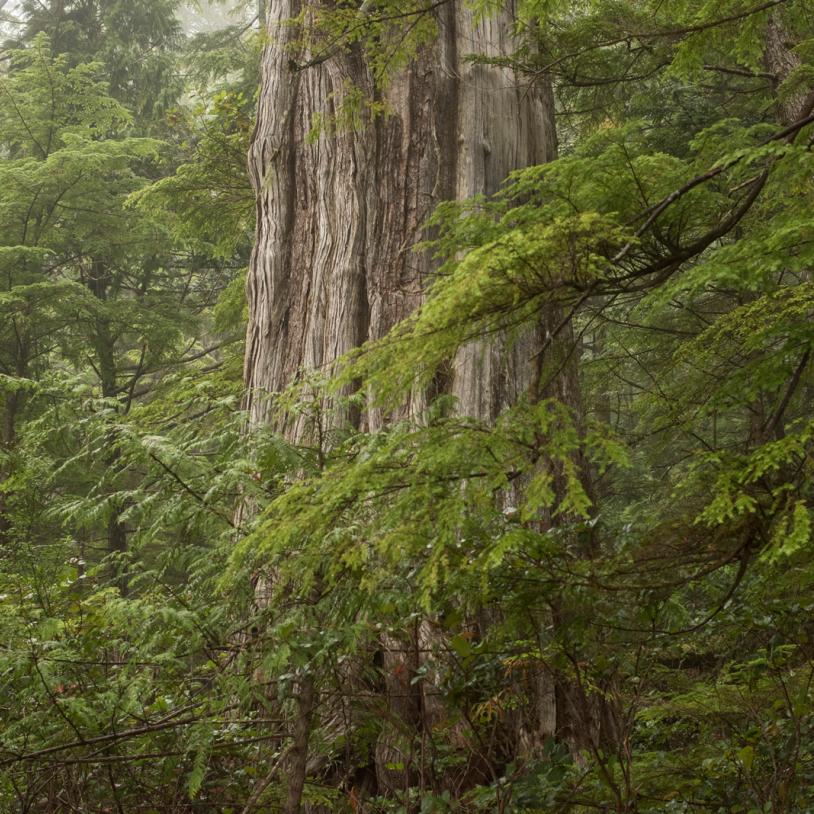Site C dam critics rally support at legislature
Saturday, September 18, 2010Canada’s superstar environmentalist David Suzuki was a no-show at a Sunday protest in Victoria against the proposed Site C hydroelectric dam on the Peace River in northern B.C.
Fog cancelled his flight, so the limelight shifted to a mixed bag of passionate folks, some travelling up to 1,000 kilometres to bring their fight to the steps of the legislature.
“A lot of First Nations came down for this, from all the Treaty 8 reserves and other areas,” said Dwayne Davis, a 46-year-old hunter from the Doig River First Nation in the Peace River Valley. With his ‘Stop Site C’ T-shirt and walking cane, Davis stood in the pouring rain to watch protesters paddle canoes across the Inner Harbour and then marched with them along Douglas Street.
“They’re going to flood our ancestors’ burial grounds,” he said. “They’ve been sacred places to us for a long time. When you dance and drum there you get a spiritual feeling, probably like when Christians go into the water to get baptized.”
The crowd gathered at the legislature lawn was estimated at between 300 and 400, according to security.
Kids in multicoloured gumboots stomped puddles while parents clutched Thermos mugs and cheered on speakers and local musicians Vince Vaccaro and Art Napoleon — who sang Bob Marley’s Redemption Song in Cree.
Dreadlocked university students huddled next to First Nations elders and rural farmers with placard slogans like ‘No dam way’ and ‘Keep the Peace.’ Environmentalists from a variety of organizations handed out information to the crowd.
They were all there to express concern over the proposed $6.6-billion Site C dam project that would flood hundreds of kilometres of farmland, putting sacred sites, landowners, food security and ecosystems at risk. However, the dam — the third on the river in the area around Hudson’s Hope — would provide Hydro customers across the province and beyond with extra power for more than 100 years.
At the rally, Liz Logan, tribal chief and spokesperson for the Treaty 8 First Nations, presented a birch scroll declaration signed by chiefs around the country stating the dam would damage sacred sites, farmland and natural habitats.
“We hope you will support us not just for us but for everyone in B.C.,” she said. “This is our only river flowing north. We need to protect it for future generations.”
In April, Premier Gordon Campbell announced that Site C would go through the third stage of approval, involving an environmental review and community consultation. A regulatory approvals stage must follow before the final stage: construction. Campbell said the project could create thousands of jobs and start generating electricity by 2020.
Jane Sterk, B.C. Green party leader, told the crowd B.C. Hydro’s own statistics show the province can achieve its energy needs through conservation. “We need to explore other energy sources, like geothermal, wind and tidal — not just hydro. We need to diversify,” she said.
Roland Willson, chief of the West Moberly First Nation, said the destruction of sacred lands, farmland and animal habitat is too high a price to pay for more electricity.
“It’s going to go straight to California, where they turn on air conditioning because they’re too lazy to open a window,” he quipped.
The Western Canada Wilderness Committee’s Joe Foy helped rally the crowd by stating, “We are going to keep the Peace because we are good people. … Good people don’t roll over and crush their neighbours.”
One man who might be most affected by the proposed dam is Dick Ardill. The 84-year-old cattle rancher, in a black cowboy hat and saucer-sized belt buckle, said he’s worried landslides from the dam project could wipe out a good portion of his land — more than 10,000 acres between Hudson’s Hope and Fort St. John.
“Whole parts of the riverbank have been sliding in other spots,” he said. “I don’t want to wake up one morning and find my house floating away.”
Ardill’s 400-head cattle ranch has been in his family since 1920, with five generations involved in working on the land.
Ardill said he’s been nervous about plans for the dam since the 1970s, when it was first discussed, and has been involved with neighbours and local First Nations to stop it.
“That’s one good thing,” he said. “We got good people working together.”







